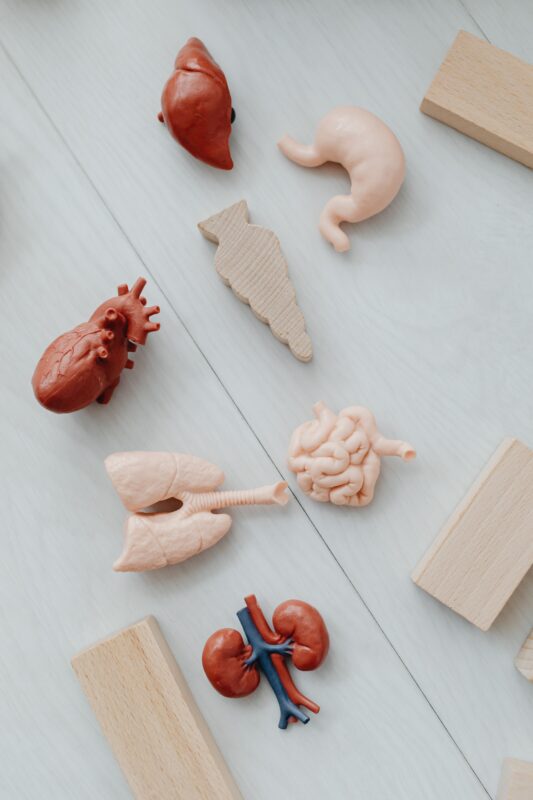Uncategorized
Bioprinting human organs: challenges and progress

The field of bioprinting has captured the imagination of scientists, healthcare professionals, and the general public alike, promising to revolutionize medicine by creating functional human organs through additive manufacturing techniques. while the concept of bioprinting holds immense potential to address organ shortages and transform transplantation, it also presents complex challenges that require innovative solutions. this article explores the challenges and progress in bioprinting human organs:
- the organ shortage dilemma: the shortage of viable organs for transplantation is a global healthcare crisis. bioprinting offers a potential solution by enabling the creation of organs on demand using a patient’s own cells, reducing the reliance on donor organs.
- complexity of organs: human organs are intricate structures composed of multiple cell types, intricate vasculature, and intricate architectures. reproducing this complexity through bioprinting remains a formidable challenge that requires advanced techniques and materials.
- suitable biomaterials: bioprinting necessitates the development of biomaterials that mimic the extracellular matrix (ECM) of different organs. finding materials that are biocompatible, support cell growth, and possess the mechanical properties required for organ function is crucial.
- cell sourcing and compatibility: obtaining a sufficient number of viable cells for bioprinting is a hurdle. cells must also be compatible with the patient’s immune system to prevent rejection. induced pluripotent stem cells (iPSCs) hold promise as a source of patient-specific cells.
- vascularization challenges: creating functional blood vessels within bioprinted organs is essential for nutrient and oxygen supply. developing methods to integrate vasculature that can support perfusion and mimic the intricate networks in native organs is a complex task.
- tissue maturation: bioprinted organs often lack the functional maturity of native tissues. ensuring that the printed tissues develop the necessary cellular organization, functionality, and response to physiological cues is a critical step.
- bioreactor systems: to achieve tissue maturation and proper organ function, bioreactor systems are required to provide the necessary mechanical, chemical, and physical cues for cell growth and differentiation.
- ethical considerations: the creation of bioprinted organs raises ethical concerns surrounding consent, ownership, and the potential blurring of lines between human and artificial entities.
- regulatory approvals: the path to introducing bioprinted organs into clinical practice involves navigating complex regulatory pathways to ensure safety, efficacy, and long-term viability.
- success stories: despite the challenges, significant progress has been made. researchers have bioprinted tissues like skin, cartilage, and blood vessels. some experimental bioprinted organs have been successfully implanted into animals, demonstrating proof of concept.
- collaboration and interdisciplinary research: addressing the challenges of bioprinting requires collaboration between biologists, engineers, materials scientists, and medical professionals. interdisciplinary efforts can lead to innovative solutions that bridge the gap between technology and biology.
- personalized medicine: bioprinting holds the potential to provide patient-specific solutions, eliminating the need for immunosuppression and increasing the likelihood of successful organ transplantation.
While bioprinting human organs presents significant challenges, the progress made in recent years is promising. as researchers continue to refine techniques, materials, and bioreactor systems, the dream of producing functional, patient-specific organs becomes closer to reality. by addressing issues related to biomaterials, cell sourcing, vascularization, and tissue maturation, the field of bioprinting holds the potential to revolutionize organ transplantation, extend lifespans, and improve the quality of life for countless individuals.


